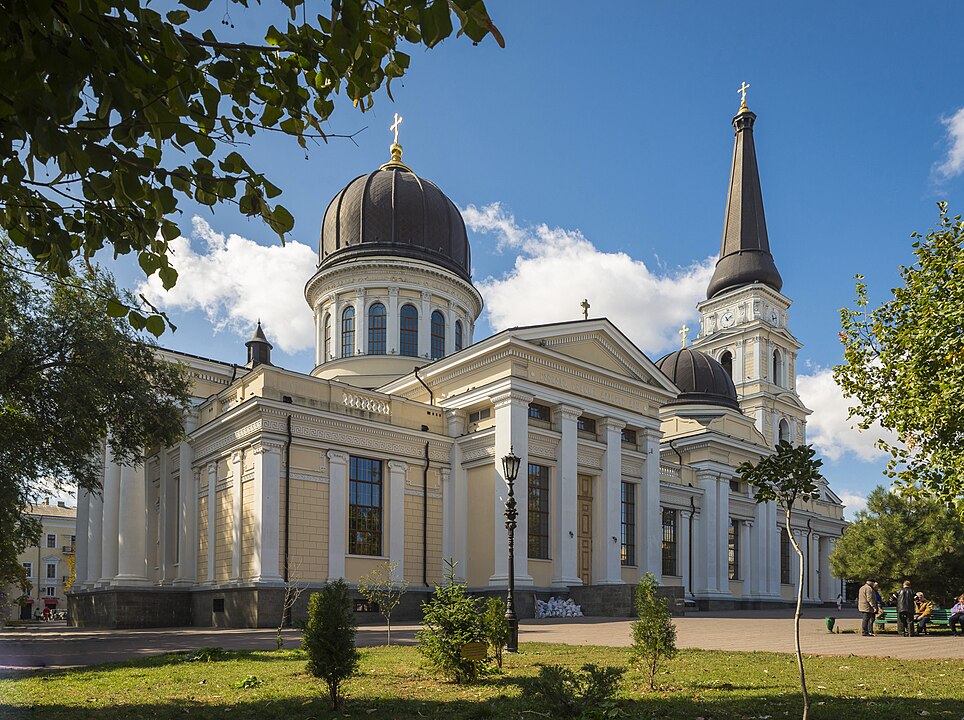Ukrainian Cultural Heritage: A Project for Protection and Restoration
The conflict in Ukraine has led to the widespread destruction not only of human lives and infrastructure, but also of priceless cultural heritage. The protection and recovery of these assets represent a crucial challenge and a moral imperative for the international community.
At the Conference on Ukraine’s Recovery (URC25), held in Rome on July 10 and 11, 2025, a thematic session was convened to discuss “Culture as a Pivotal Element in Human Capital Development.” The session was chaired by the Italian Minister of Culture and his Ukrainian counterpart, the Deputy Minister.
The event marked the launch of the Rome Manifesto, which outlines the establishment of the Alliance for Cultural Resilience. This programmatic platform is designed to structure international commitments to support Ukrainian heritage both during the ongoing conflict and in the post-conflict era.

European Commissioner Micallef presented the “Team Europe for Cultural Heritage in Ukraine” initiative, a collaborative effort between the European Commission and twenty-two Member States. This initiative aims to implement over sixty interventions for the protection and reconstruction of cultural heritage.
The commitment includes, among other measures, the implementation of a comprehensive training program focused on the restoration and conservation of cultural heritage, specifically for the reconstruction of the city of Odessa. Additionally, initiatives will be undertaken to combat the illicit trade in cultural goods.
The Extent of Cultural Devastation
According to statements by Kyiv’s Deputy Minister of Culture, at least 1,500 sites in Ukraine have been destroyed or damaged since the beginning of the war. This includes a wide range of cultural assets that reflect the country’s historical and artistic richness:
- 151 churches and monasteries
- 262 buildings of artistic interest
- 34 museums
- 18 libraries
- 2 archaeological sites
This destruction has been described as a deliberate act, part of a “genocidal war.” The goal, according to Ukrainian authorities, is to destroy a nation’s identity, primarily targeting its cultural heritage and places of worship. This is perceived as the most subtle way to destroy a people’s identity and is believed to be the Kremlin’s goal.
Beyond Buildings: The Survival of National Identity
The loss is not limited to physical structures. The Deputy Minister emphasized that the suffering is felt by every victim and every destroyed monument, but that the issue goes beyond mere historical buildings. A striking example was the attack on a publishing house in Kiev, which prompted many Ukrainians to purchase its books that same day. This symbolic gesture highlights a fundamental concept: “If Ukrainian literature does not survive, neither will the idea of our nation.” Culture, in all its forms, is intrinsically linked to a people’s identity. In this context of devastation, the international community’s commitment is vital. During an international conference for Ukraine’s recovery held in Rome, Italy made a significant commitment: the reconstruction of Odessa’s cultural heritage. Odessa has been called “the most cultured city in Ukraine”. Specifically, the Italian government has pledged to rebuild and protect three key sites in Odessa:
- The Cathedral of the Transfiguration
- The Museum of Arts
- The Philharmonic
This commitment is seen as a sign of hope and a future. The Ukraine Deputy Minister stated that “as long as Odessa’s work continues, we have a future, we have dreams, and despite the suffering, we will not give up.”
This scenario emphasises the importance of preventative protection in conflict contexts for cultural heritage safety and security professionals. It also highlights the need for a new approach to cultural heritage protection, aimed at minimising damage caused by the threat of cultural genocide attacks. From this perspective, recovery and reconstruction strategies should not only repair physical structures and artworks, but also safeguard a nation’s soul and identity.




